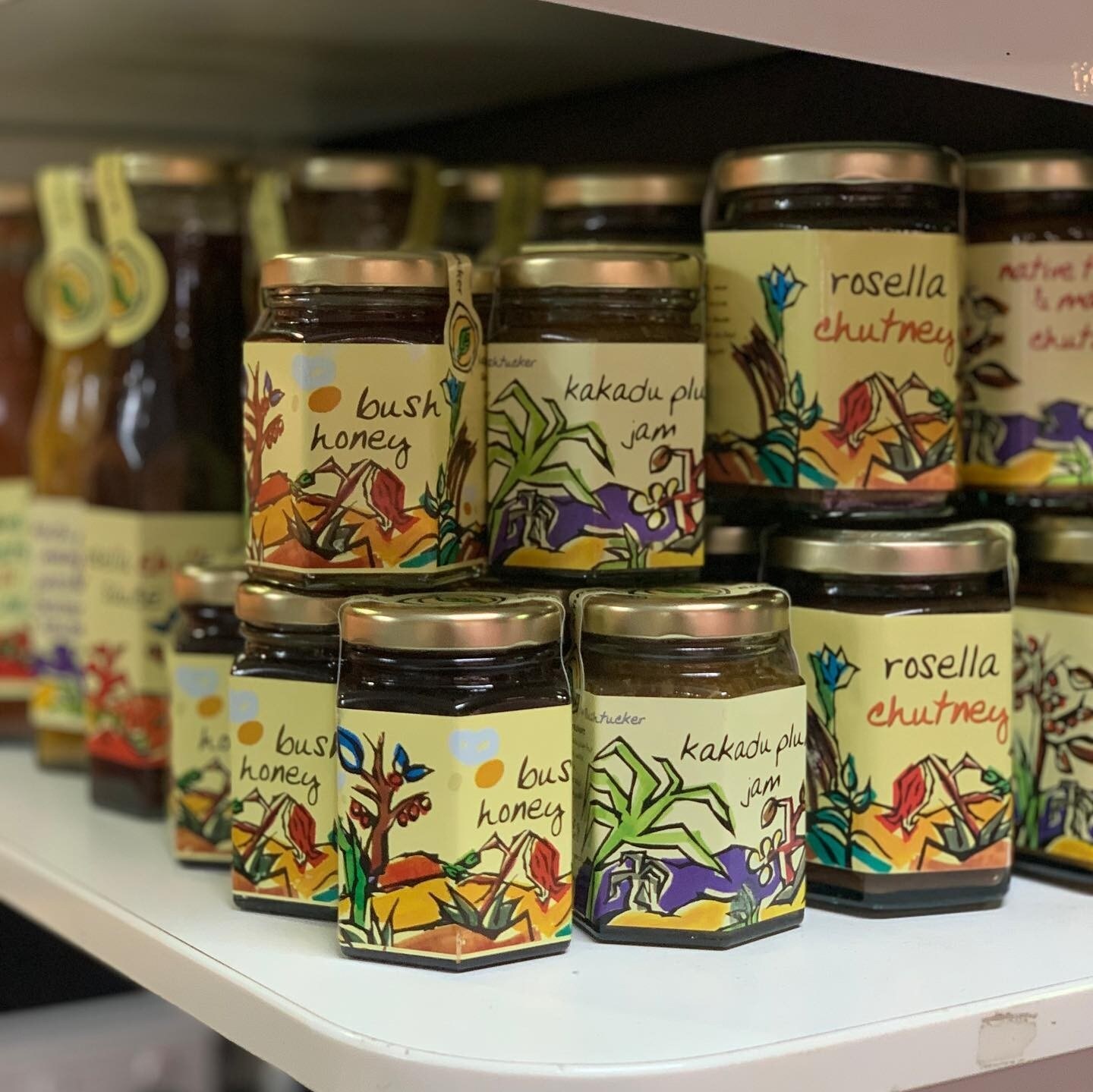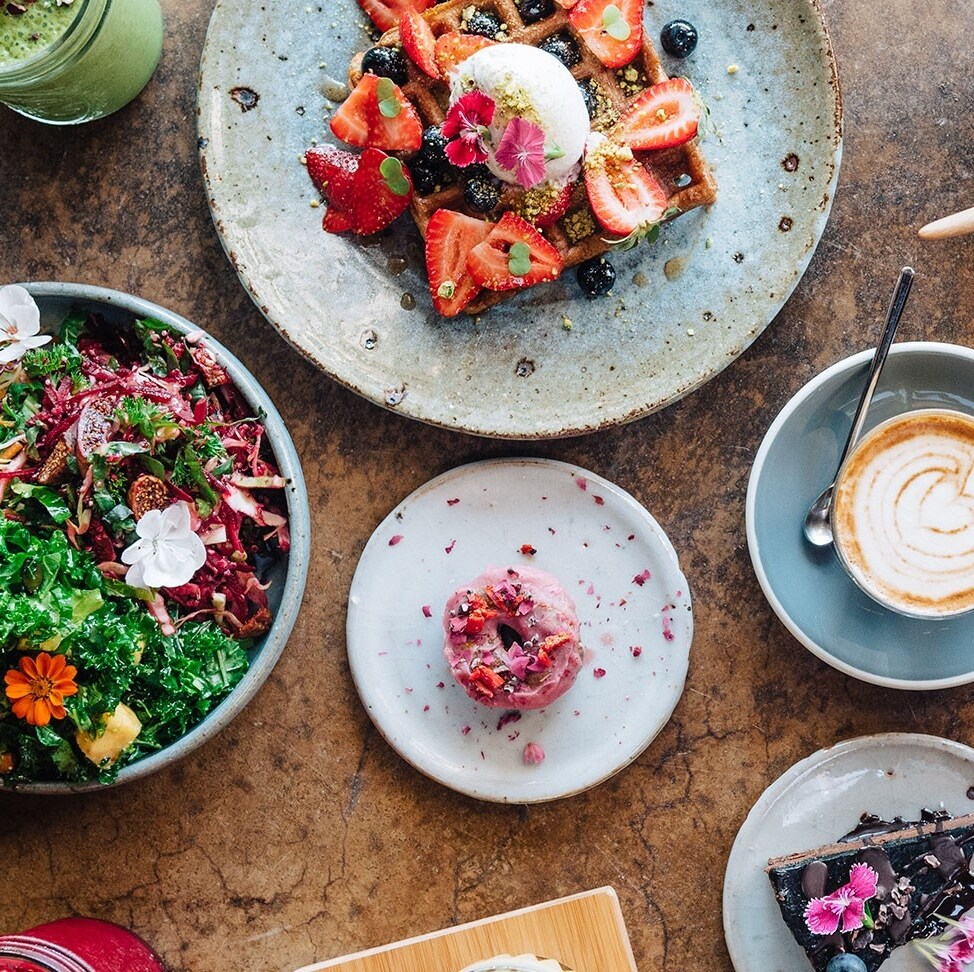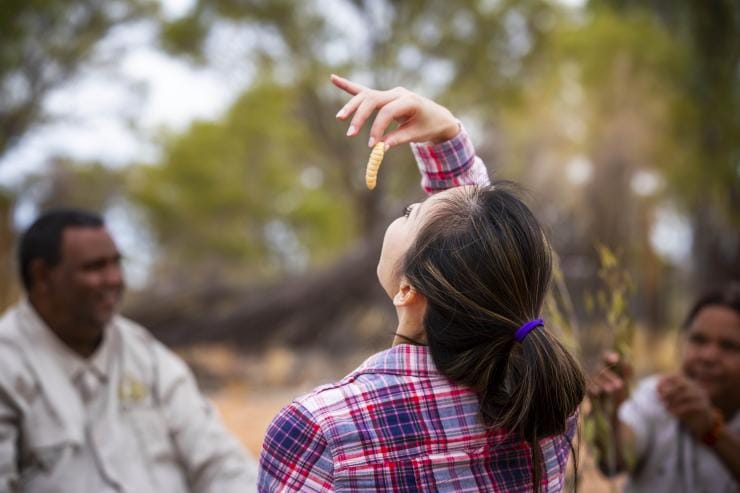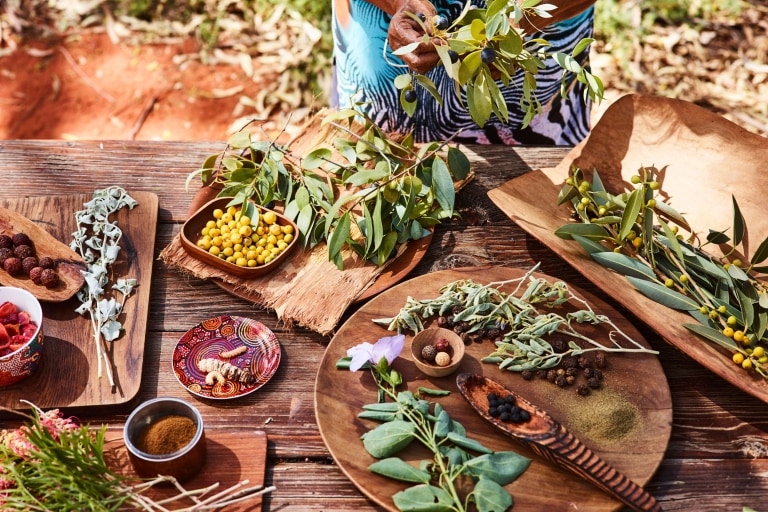
Ayers Rock Resort, Northern Territory © Voyages
Australia’s native ingredients and where to try them
Australia’s native ingredients are not only healthy, they also offer a tantalising taste of the country.
By Natasha Dragun
Australia’s Aboriginal and Torres Strait Islander communities have been harnessing the powers of native ingredients for tens of thousands of years, by using Indigenous produce – whether sea creatures, land animals, insects or plants – for both food and medicine. Today “bush tucker”, as it’s known, is increasingly being featured on restaurant menus and cocktail lists across the country. Here are a few standout flavours and where you can try them.
Kakadu plum
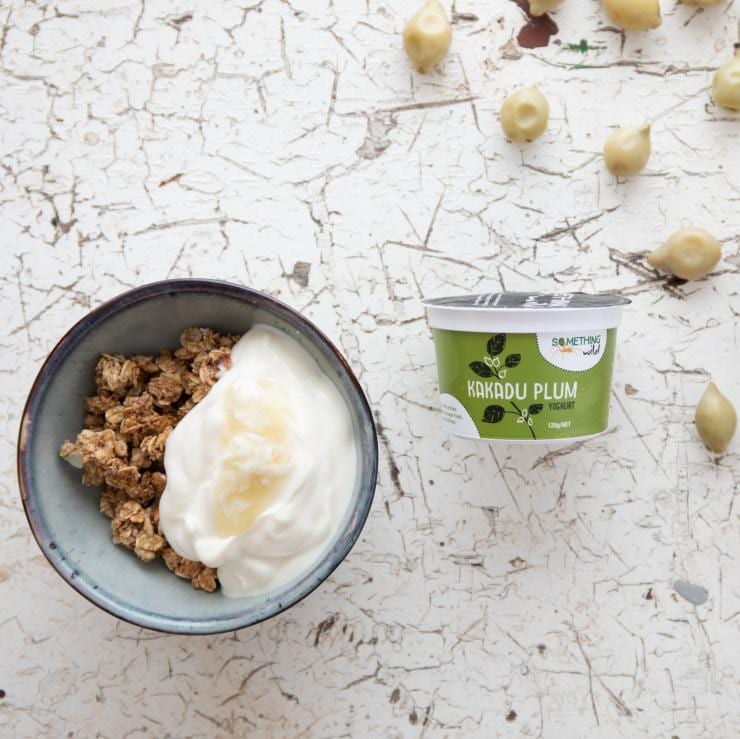
Fleurieu Milk Company, Adelaide, South Australia © Fleurieu Milk Company
Did you know?
Aboriginal-owned company Something Wild also has an online shop where you can pick up native herbs and jams.

Found in tropical woodlands across northern Australia, this yellow-green fruit is lip-smackingly tart when eaten fresh. That's why it’s often stewed for jams, jellies, sauces and juices, mellowing the flavour while still serving as the richest source of vitamin C of any fruit on the planet. No wonder Aboriginal communities across Arnhem Land in the Northern Territory used it as an immunity builder and overall healing source.
How to try it: At Adelaide’s Central Market, head to the Something Wild and Fleurieu Milk Company stalls, where you can pick up Kakadu plum products.
Macadamia nuts

Medowie Macadamias, Port Stephens, New South Wales © Destination Port Stephens
Buttery, creamy, sweet and delicious, macadamia nuts are high in antioxidants and minerals, as well as the good fats you want in your diet. Typically found in rainforests along the north-east coast of Australia, the distinctive round nut was once a delicacy among Aboriginal communities. Now it’s farmed as one of the country’s most popular snacks.
How to try it: Order the macadamia-and-honey loaf at Melbourne’s Tivoli Road Bakery or try macadamias at their source at the Medowie Macadamias farm, a two-hour drive north of Sydney. Here, you can tour the estate, then indulge in nut-infused cakes and ice-cream.
Crocodile

Mindil Markets, Darwin, Northern Territory © Tourism NT/Mindil Beach Sunset Markets

Top tip
You can swim (safely) with crocodiles at Darwin’s Crocosaurus Cove attraction.
More commonly found on menus in Australia’s north, crocodile meat is a surprisingly healthy meal choice: low in fat, high in protein and rich in omega-3 fatty acids. It’s also extremely tasty, with the flavour somewhat reminiscent of chicken, but with nuanced fishy overtones.
How to try it: Darwin is the ideal place to sample this superfood. Order a croc burger from the Roadkill Café’s stall at the Mindil Beach Sunset Market, then enjoy the sunset with your feet in the sand.
Green ants

Observatory Bar, The Langham, Sydney, New South Wales © The Langham, Sydney /@paulpayasalad
Plentiful and high in protein, insects are eaten the world over, and green tree ants in Australia are no exception. Distinguished by their vibrant green abdomen, these endemic creatures are found across Queensland and the Northern Territory, and have been eaten by Indigenous communities for centuries. They’re extremely tasty, delivering a hit of lemon.
How to try it: Adelaide Hills Distillery makes a knockout Green Ant Gin, which you can purchase from the Something Wild stall at Adelaide’s Central Market. Or, enjoy your first taste at The Langham Sydney’s Observatory Lounge, where gin martinis might be infused with ants alongside other native ingredients, including saltbush and lemon myrtle.
Mud crab

Walkabout Cultural Adventures, Daintree National Park, Queensland © Walkabout Cultural Adventures
Found in tidal flats and mangroves around most of Australia’s coast, mud crab flesh is moist and sweet, plus low in fat and high in vitamins and minerals. Traditionally, Aboriginal and Torres Strait Islander people hunt the enormous critters – weighing up to 3.5kg (7.7lbs) – using spears.
How to try it: Try your hand at spearing a mud crab on a Walkabout Cultural Adventures tour around Queensland’s Mossman Gorge and the Daintree Rainforest, led by a Kuku Yalanji Aboriginal guide.
Saltbush

Wukalina Walk, Bay of Fires, Tasmania © Tourism Tasmania/Rob Burnett
An edible shrub with silvery-green leaves, saltbush grows wild across most of the country. Aboriginal and Torres Strait Islander people have traditionally eaten the fruit and seeds of certain species as a source of minerals, and use their leaves to help heal wounds. The leaves are still in high-demand today, their salty, earthy flavour a great addition to roasts or as a native alternative to salts when ground up.
How to try it: On the Aboriginal-guided wukalina Walk along Tasmania’s north-east coast, you can pick wild saltbush and ask guides to fry it into crisps.
Quandong

Quandongs, Uluṟu-Kata Tjuṯa National Park, Northern Territory © Tourism Australia
Typically found in arid parts of the country, quandongs have long been revered by Aboriginal people for their incredible versatility and healing properties – these fruits are high in immune-boosting antioxidants and vitamin C. The tart flesh is often turned into jams and chutneys, while the nuts are customarily roasted.
How to try it: The Quandong Café, in South Australia’s Flinders Ranges, uses the fruit in cheesecakes, pies and milkshakes. It may also be on the menu at indulgent dining experience Tali Wiru where your backdrop is Uluṟu and your meal features native dishes like wallaby with fermented quandong.
Lemon myrtle

Lemon myrtle, Queensland © iStock/miwa_in_oz
This shrub’s versatile leaves deliver a zingy citrus hit to offerings in top-end restaurants, laid-back cafés (look out for lemon myrtle tea), and bakeries alike. It’s also a popular ingredient in many snacks found on supermarket shelves. With antioxidant and anti-inflammatory properties, lemon myrtle has traditionally been used by Aboriginal communities as a healing salve.
How to try it: Enrol in a Native Pantry cooking class at Peppermint Ridge Farm in the Gippsland region to learn how to incorporate lemon myrtle into home-cooked meals.
Marron

Attica, Melbourne, Victoria © Colin Page/Attica
Calling the streams of Western Australia home, marron are the third-largest freshwater crayfish in the world – think of them as a lobster equivalent. Their finely textured meat is sweet and subtle, which means you don’t have to do much preparation before eating. You’ll find it in fishmongers and top restaurants around the world today, and it remains a staple among Aboriginal communities in the country’s southwest.
How to try it: Melbourne’s applauded Attica restaurant includes marron as a near permanent fixture on his degustation menu – it’s regularly prepared with other native ingredients including finger limes and lilly pilly (a native fruit also known as “Australian cherries”).
Kangaroo

Provenance Restaurant, Beechworth, Victoria © Provenance Restaurant
Lean, high in protein and packed with essential vitamins and minerals, kangaroo meat is sustainably sourced from nature, rather than farmed. This superfood is also plentiful and delicious, making it an important part of the Aboriginal diet – and now the diet of thousands of people around the world, thanks to global meat exports. Its distinct gamey flavour is tuneable by preparation style.
How to try it: Kangaroo is one of many native ingredients that regularly star on the menu at modern Australian restaurant Provenance in Beechworth. Kangaroo meat can also be purchased from most supermarkets and butchers.
Finger limes

Finger Lime © iStock/Sabinoparente
A valuable source of food and medicine for Australia’s Aboriginal people for centuries, finger limes grow in a rare rainforest tree around the Queensland–New South Wales border. Ripe fruit comes in a rainbow of colours, from green to pink, and when sliced reveals pearls resembling oversized caviar – pop one in your mouth for a zingy citrus hit that’s high in vitamin C and antioxidants.
How to try it: Finger lime pearls are a perfect addition to dishes that might otherwise feature traditional lime. You might find this ingredient used at Spirit House on Queensland’s Sunshine Coast, or at Small Town Food + Wine, a restaurant heroing both local seafood and native produce in Milton.
Read next
Discover Aboriginal Experiences: culinary experiences
Wattleseed

Ochre Restaurant, Cairns City, Queensland © Ochre Restaurant
Australia boasts hundreds of species of acacia (wattle trees), and most have edible seeds. Aboriginal communities have traditionally eaten the powerful native botanical raw, or ground the seeds into flour for making damper (bread). This remains a popular cooking technique today, with powdered seeds adding gorgeous notes of nut, coffee, spice and chocolate to cakes, biscuits and loaves.
How to try it: End your meal with a wattleseed latte at Melbourne’s Mabu Mabu Tuck Shop, a café owned by Torres Strait Islander Nornie Bero. Or enjoy wattleseed atop pavlova with macadamia and Davidson plum sorbet at Ochre , on the Cairns waterfront.





























































































































